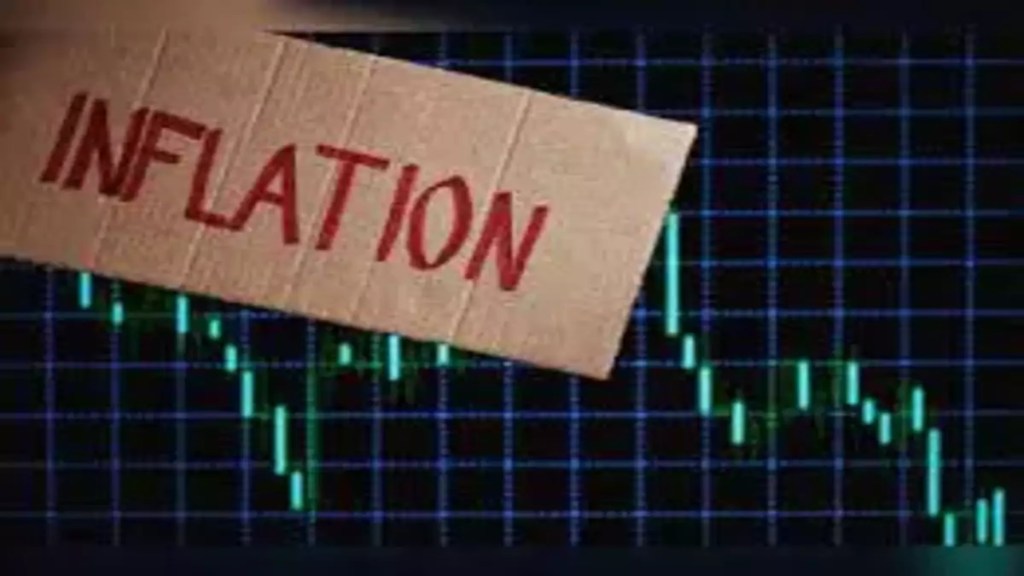Retail inflation falling to over over-six-year low of 2.1% in June was largely due to the high base of last year, and did not denote a fall in aggregate demand, analysts said.
Consumer Price Index (CPI) based inflation eased in June, primarily driven by disinflation in the food category. The increase in core inflation to 4.4% is also not worrying as it is mainly attributed to double-digit inflation in personal care items, which includes gold the prices of which remain elevated.
Meanwhile, wholesale price inflation slipped into deflationary territory, contracting by 0.1% in June, largely due to deflation in food as well as fuel and power.
“If we see why retail inflation has come down, it is mainly due to lower food inflation. We had very high food inflation in 2024, which has provided the base effect for this year and it will continue for some more time,” Bank of Baroda chief economist Madan Sabnavis said.
For example, based on the prices of ministry of consumer affairs, the retail price of tur dal was Rs 121/kg in Q1 FY24. This went up to Rs 156 in Q1-FY25 and now has come down to Rs 126/kg.
“Hence it is the base effect which has caused this sharp fall. It is not demand conditions which have been low key,” Sabnavis said.
This was echoed by India Ratings chief economist DK Pant. “If one looks at core inflation, it has been higher than 4% since March 2025. In June 2025, it was 4.43%, 21-month high,” Pant said.
The cooling was entirely led by the food and beverages (F&B) segment, which witnessed a deflation of 0.2% after a gap of 75 months, after printing at +1.5% in the previous month. This was led by softer prints for 11 of the 12 sub-groups, including a widening deflation in vegetables, pulses, spices, and meat and fish. However, the core-CPI inflation inched up, ICRA said. “The low CPI inflation reflects the base effect and is unlikely to signal weakening demand,” ICRA chief economist Aditi Nayar said.
“After the lower-than-anticipated June print, the average CPI inflation for FY26 may be sub 3.5%. With this, the probability of a rate cut in August 2025 has gone up appreciably,” Nayar said.
Sabnavis, however, said lower WPI inflation of manufactured products is not positive for the industry as it shows that pricing power has come down.
“This is one reason why investment is not increasing at the desired pace. Lower inflation should typically, over a period of time, help revive pent-up demand and we may expect this in the festival season,” Sabnavis said.
